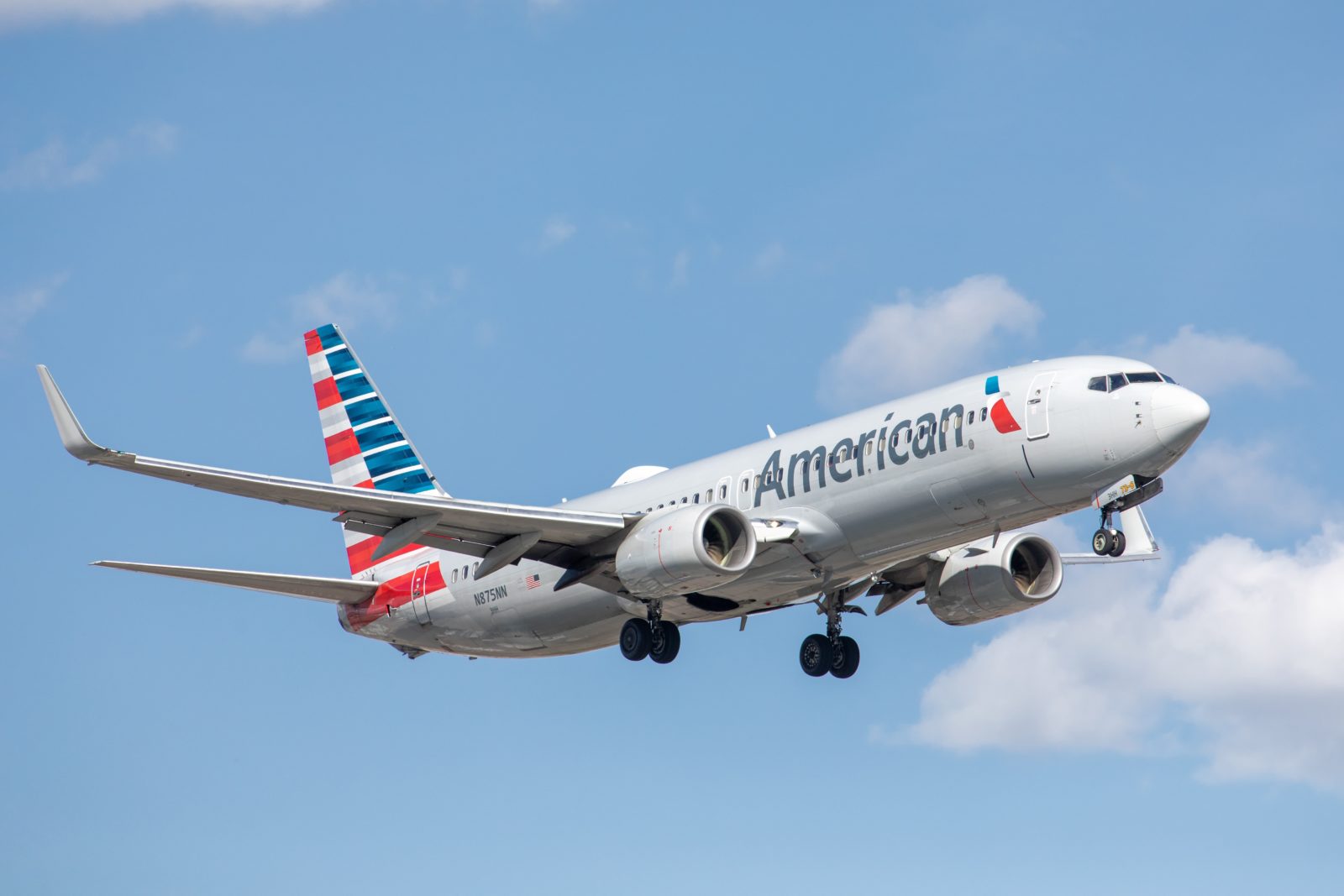
American Airlines is being sued by the family of a man who suffered a heart attack and died onboard a flight to Miami because, they allege, the onboard defibrillator wasn’t working in violation of FAA guidelines.
Lawyers representing the family filed the lawsuit in a New York district court earlier this week, alleging that American Airlines “hastened the untimely death” of Kevin Ismael Greenidge due to their negligence in keeping the defibrillator in working order.
The family is seeking an unspecified amount in compensation for gross negligence leading to death, as well as damages for pain and suffering and a claim under the Montreal Convention, which places liability on airlines when a passenger is injured or killed.
Court documents explain how Kevin Greenidge was a passenger on American Airlines flight AA614 from San Pedro Sula in Honduras to Miami on June 4, 2022, when he suffered an apparent heart attack shortly after takeoff, went into cardiac arrest and became unconscious.
Flight attendants attempted to revive Mr Greenidge and tried to use an automated external defibrillator (AED), but the family alleged the defibrillator didn’t work because the battery was flat.
The family also accuse American Airlines of failing to train its flight attendants in basic resuscitation techniques. According to flight records, the Boeing 737MAX diverted to Cancun, Mexico, where it landed around an hour after departure, but Mr Greenidge could not be saved.
The Federal Aviation Administration (FAA) requires commercial passenger airlines in the U.S. to carry a working FDA- approved AED on all aircraft with a payload capacity of more than 7,500 pounds, with at least one flight attendant.
In practice – this generally means that any passenger flight with a capacity for 30 or more passengers should have an AED onboard.
Federal regulations stipulate that the onboard AED should be regularly checked to ensure that it is in working order. If the AED isn’t working, a flight can’t depart until a replacement AED is found.
If the AED was used on a previous flight, then an airline should have a spare battery and chest pads to ensure the AED can be used for the next flight or the flight cannot take place.
American Airlines did not immediately to a request for comment.
Mateusz Maszczynski honed his skills as an international flight attendant at the most prominent airline in the Middle East and has been flying ever since... most recently for a well known European airline. Matt is passionate about the aviation industry and has become an expert in passenger experience and human-centric stories. Always keeping an ear close to the ground, Matt's industry insights, analysis and news coverage is frequently relied upon by some of the biggest names in journalism.








If they win this case it will be because AA didn’t correctly maintain or have proper records reflecting the inspection of this device on a regular basis OR they get a sympathetic judge or jury. There is no sane reason they should be held responsible in this situation but people win these cases all the time. My best guess is that AA or their insurer will settle it out of court for way more than it’s worth because they are too lazy to litigate it for the long-term welfare of the airline industry.
Condolences to the family on their loss HOWEVER this was not an unforeseen occurrence. More than likely, the decedent had a known medical condition, and, against better judgement, decided to travel anyway. Flight attendants are trained to intervene in certain medical situations but they are NOT paramedics, anymore than an airplane is not an ambulance.